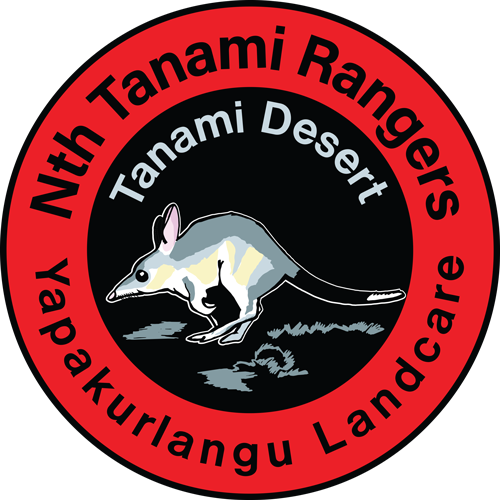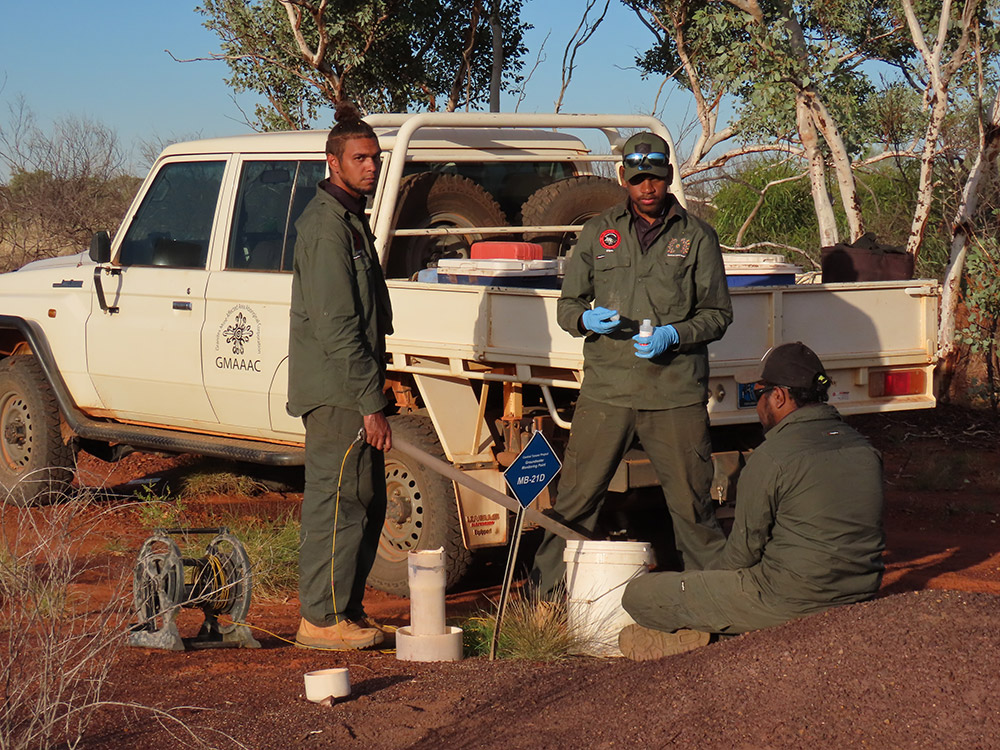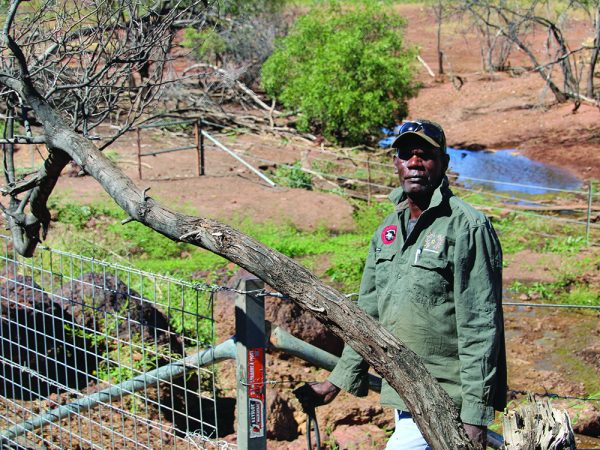North Tamani Rangers

The North Tanami (formerly Wulaign) Rangers, our oldest ranger group, emerged from a land use planning project in 1999, under a service agreement with the Indigenous Land and Sea Corporation (ILSC).
Two years later, we completed the Lajamanu Strategic Land Management Plan for Aboriginal land in the Tanami bioregion, thanks to Natural Heritage Trust (NHT) funding. During a series of planning workshops, traditional owners of the land said they wanted to create jobs for locals to control weeds and feral animals, manage fires and unregulated access to their land, rehabilitate degraded land, mineral exploration areas and mine sites, preserve cultural sites and protect threatened species.
The Wulaign Outstation Resource Centre already ran a National Heritage Trust-funded outstation environmental health project with Greening Australia and had a number of mine rehabilitation contracts. The centre strongly supported the ranger idea. We coordinated employment of locals as rangers as part of the centre’s now defunct federal Community Development and Employment Program (CDEP) activities. The first two rangers started in 2001.
We also explored with the traditional owners the feasibility of establishing the North Tanami Indigenous Protected Area (IPA) to access funds to develop the ranger group to in turn protect the area. Declared in 2007, this IPA remains the group’s main operating zone. An IPA management committee of traditional owners sets the direction and priorities of the North Tanami Rangers.



